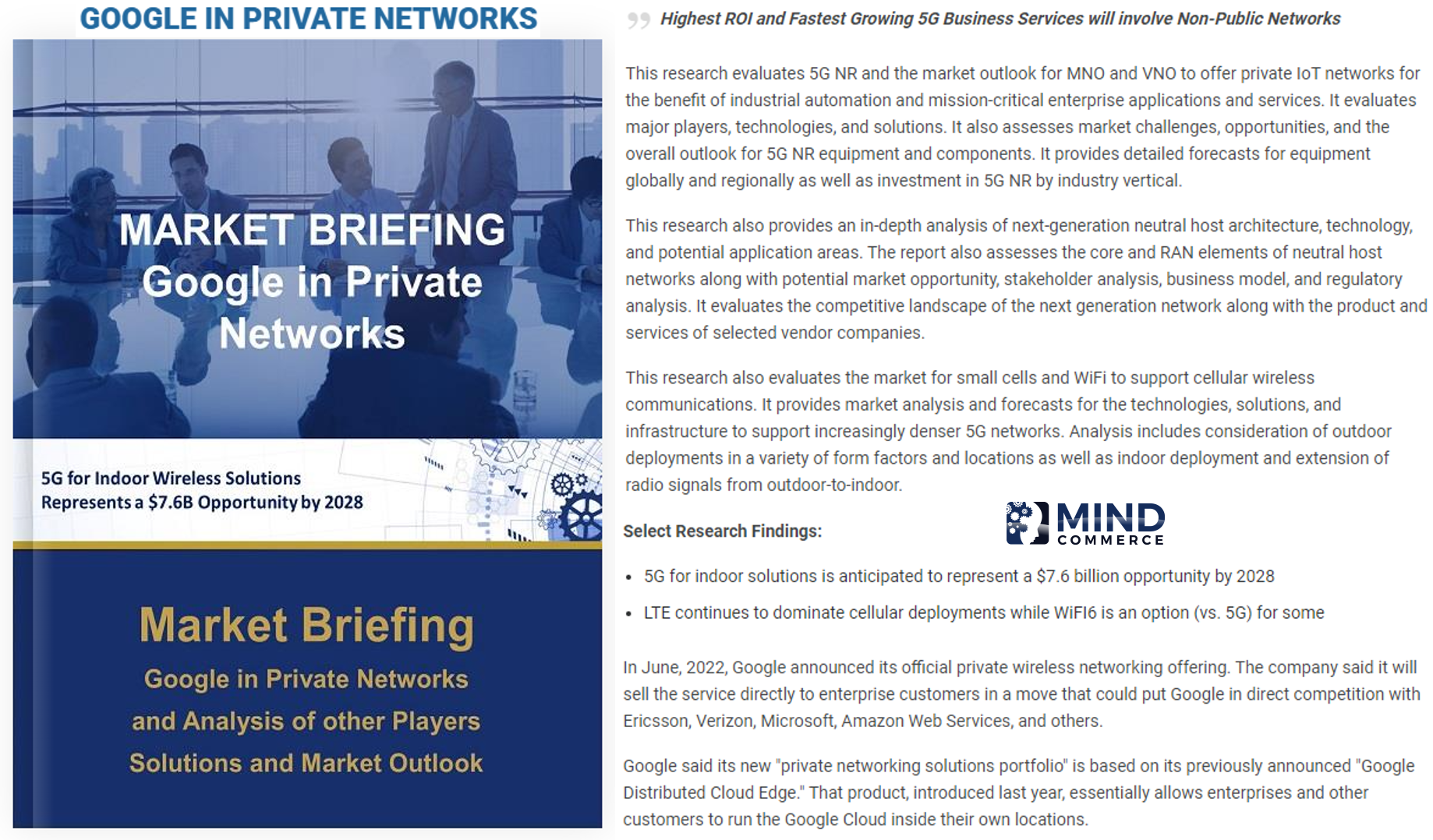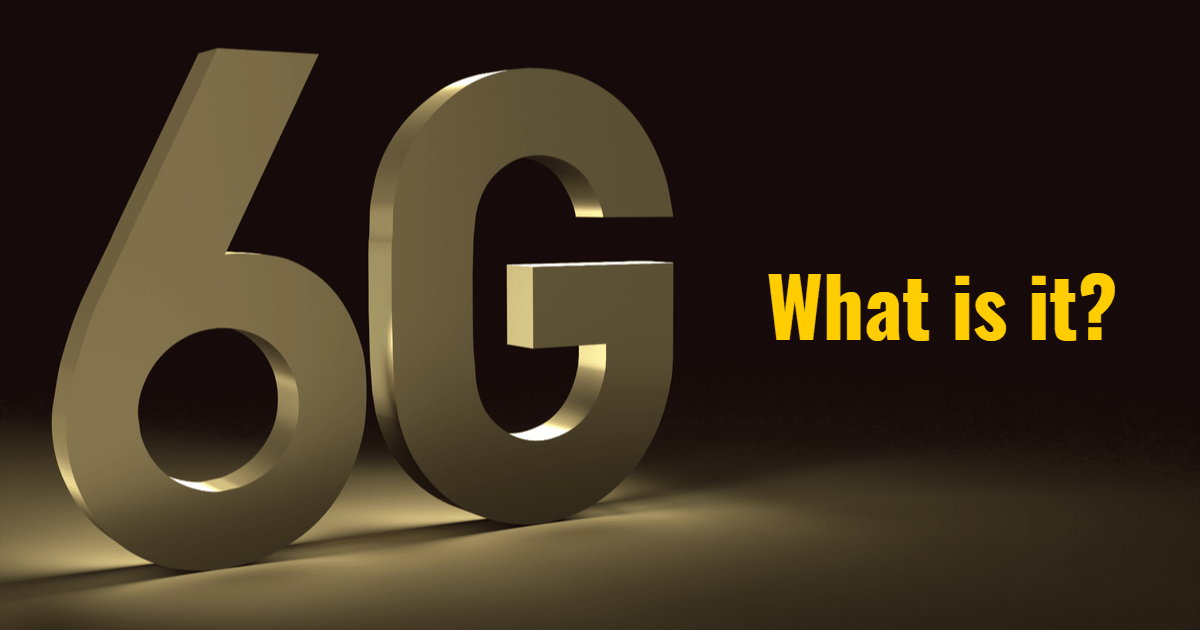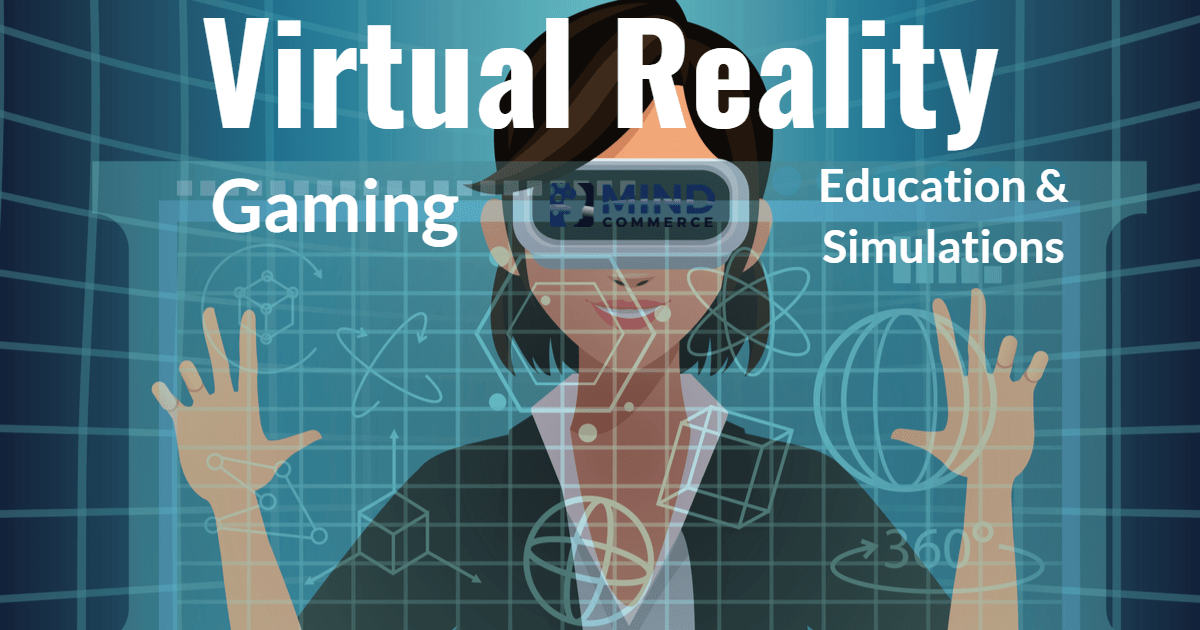The fifth generation (5G) of cellular is poised to facilitate a fundamental shift in communications, applications, content, and commerce. This shift will include a massive transformation in terms of capacity availability as well as real-time communications and control. Despite the industry emphasis on many new data-related capabilities materializing with 5G, voice will remain a critical function, but will diminish in importance as a stand-alone service.
While 5G will support Ultra High Definition (UHD) audio communications, streaming video and ultra-clear voice communication are not anticipated to be the most important overall economic impacts of the technology. Instead, the main value proposition will be Voice over 5G (Vo5G) embedded with many advanced applications and services including Unified Communications (UC), Real-time Communications (including WebRTC), Telepresence, Augmented Reality, Virtual Reality (VR), and Mixed Reality, tele-robotics control, and various IoT enabled applications and services.
Vo5G vs. Voice over LTE
The Vo5G market will inherently support voice/audio as a key component of communications for a wide variety of apps and services for many consumer, enterprise, and industrial solutions. Vo5G market evolution will involve a few important considerations in terms of network topology, equipment and software upgrades and integration. Most options involve evolution from Voice over LTE (VoLTE) to Voice over New Radio (VoNR) as 5G will be based on new RF via millimeter wave propagation.
While each of these architectures has unique challenges, all of them require readiness of IP Multimedia Subsystem (IMS) within the carrier’s network. In addition, each migration path will lead to substantially enhanced voice capabilities via enhanced LTE and VoNR solutions. This will lead to important advances for integrated UHD voice communications as well as next generation voice-based user interfaces in support of immersive technologies and IoT enabled apps and services. Vo5G will also replace VoLTE as a preferred method of vocal/auditory communication as well as act as the input medium for a wide variety of user interfaces, many of which currently rely upon WiFi.
5G Infrastructure for Voice and Much More
5G and IMS
A critically important part of the core 5G network infrastructure is the IMS, which represents a framework composed of computing and telecom architecture elements intended for delivering Internet Protocol (IP) based multimedia services with quality of service over multiple access networks from a common core. IMS provides multimedia session control across multiple access networks with standardized quality of service control. It enables an operator to have a common ‘core’ across all its networks for communication services and provides a relatively open environment for value added communication services.
It also provides a framework for VoLTE for high definition voice and Vo5G for ultra-high definition voice communications. The payoff of IMS is to develop and introduce new value-added services for incremental revenue at a lower cost per subscriber. Mind Commerce sees an important portion of those VAS applications being ultra-high definition voice-enabled next-generation apps such as virtual reality. In addition, we see emerging technologies, such as the haptic Internet and robotic teleoperation will become commonplace thanks to 5G infrastructure.
5G and Edge Computing
An essential component of 5G networks, Mobile Edge Computing (MEC) facilitates optimization of fifth generation network resources including focusing communications and computational capacity where it is needed the most. Without MEC, 5G would continue to rely upon back-haul to centralized cloud resource for storage and computing, diminishing much of the otherwise positive impact of latency reduction enabled by 5G. In other words, MEC enables users and devices to store/access much higher volumes of data by way of direct access to the Internet rather than relying upon transport through the core of cellular networks.
5G Radio Access Network
Some big changes are coming to the Radio Access Network (RAN) portion of cellular networks with the “New Radio” (5GNR) portion of 5G as 5GNR will use millimeter wave (mmWave) radio propagation. LTE and prior stages of cellular radio use centimeter to meter-sized waves and lower frequencies. Implementation of mmWave based radio will enable fiber-like performance with great capacity, low cost per bit, and ultra-low latency required to support mission-critical services ranging from public safety applications to robotics. Additional application areas include industrial automation, haptic Internet and virtual reality.
While 5G deployment is leveraging some new frequency bands and will entail a 10 to 100 times expansion of the number of cells, much of it will NOT be mmWave. Instead, a big part of 5G is driven by the evolution of 4G/LTE (Long Term Evolution standard). In fact, technology improvements for LTE are ongoing as it will continue to be relied upon for many applications and services for a long time. Accordingly, vendors to continue to optimize LTE capabilities such as the improved up-link capacity to support video and wireless communication to cloud-based applications. LTE adoption will continue at a fast pace with many innovations overlapping with 5G operations.
5G and IoT
IoT solutions will benefit greatly from the implementation of 5G as cellular providers deploy Low Power WAN (LPWAN) IoT network capabilities. Initial deployments of IoT LPWANs have been non-cellular solutions based on proprietary technologies. However, Mind Commerce sees emerging standards such as Narrowband IoT (NB-IoT) assuming a dominant role for certain IoT applications. We see many industry verticals willing to pay a premium over non-cellular LPWAN, enhanced flexibility, and improved capabilities associated with IoT on 5G networks. The use of 5G for Industrial IoT (IIoT) networks in particular will be of great importance to enterprise IIoT in certain industry verticals such as agriculture, logistics, and manufacturing.







